How to get low competitive keywords in essay niche
The tastier the cake, the more willing to bite it. The more people who want to bite off, the more likely it is that you, in the end, will not get anything. This is the unshakable law of all leading niches.
In this article, we will talk about methods for finding those same hearty smaller pies while the rest of the crowd is fighting at the main feeder. Using the essay niche as an example, we will try to reveal the search algorithm for low-frequency, low-competitive, but highly promising keywords.
Before proceeding to the analysis of the search algorithm itself, let’s define what this low-frequency, low-competitive key with high potential is.
A low frequency key (hereinafter referred to as LF) is a key with a low monthly frequency.
The LF key can be determined by the following formula: the arithmetic mean of the USA volume of the top 3 HF keywords (either strictly informational or strictly commercial, do not mix) divided by 100 = the upper limit of the number of requests for the LF key, which we recommend targeting.
Let’s explore this with an example. In the essay niche, the top 3 commercial keys are
- essay writing service (9000 requests per month in the US region);
- essay writer (17,000 requests per month in the US region);
- write my essay (13,000 requests per month in the US region).
When choosing high-frequency keys for analysis, it is worth remembering several important points:
- It should be understood that due to the trend of growing popularity of behavioral factors, and, accordingly, their cheating by SEO specialists, the number of requests declared by different services may not correspond to the real one. Unfortunately, there is nothing to be done about this (well, almost nothing, but more on that in another article), and you will have to work with what is;
- Be sure to cut off brand requests. The promotion of such keywords can be even higher than any other keywords. For example, there are essay services that have 55,000 declared brand queries per month. For comparison, the brand key of the world leader in robotics “boston dynamics” is ahead of such “essay monsters” by only 10,000 queries per month (65,000 US), which seems to imply. 😉
- This method of identifying LF keys is not a panacea, or the only one of its kind, and may not be suitable for some cases and niches.
Returning to this formula, we get: ((9000 + 17000 + 13000) / 3) / 100 = 130 requests per month – the upper limit, but you can focus on a more modest number of requests.
Low-competitiveness of requests(hereinafter referred to as NC), in a good way, must be determined by a number of methods: the number of sites in the search results with the exact wording of the request (the key is in quotation marks); the number of sites in the top with the exact occurrence of the key in the title; the number of backlinks from unique domains with the presence of an exact or diluted key in the anchor; cost per click in contextual advertising, etc. But at the stage of selecting NC keys, you can use the good old ahrefs module “Keywords explorer”. Of course, it will not give a 100% picture, because to determine the competitiveness of a key, ahrefs uses data from its own database, which is updated less frequently than Google’s and is much smaller in size. And the analysis method itself may seem rather primitive:
Ahrefs takes the arithmetic mean of the number of unique domains linking to pages in the top 10 for a given key, within the specified geo.
But to date, this method seems to be the most effective in terms of productivity-time balance. Below is a screenshot of how ahrefs determines the concurrency of a key:
As you can see from the screenshot, the essay writing service key is super competitive, according to ahrefs. And if we take into account that this service evaluates the competitiveness of a key not linearly, but exponentially, then one can imagine how much money and time it can take to conquer the TOP-3 Google …
We are interested in the keys in the first group 0-10, since our goal is to collect as many NC LF keys as possible, which will allow us to receive targeted traffic with minimal time and money investment.
Prospective keys are keys that will potentially bring orders. The search for such keys is perhaps the most non-trivial and creative stage of the task. We will tell you a couple of methods on how to separate the wheat from the chaff:
1. Common sense it is obvious that the key, containing calls to purchase and action, is most likely driven in by our solvent target audience. Examples of such words and phrases in the essay niche: for money; do my; make my; write my; cheap; pay for; for me; from $10 etc. With this, everything is simple.
2. Block «Searches related». With the help of this block, Google tells what other queries were entered by users within the same session. We can easily understand the user’s intent by parsing this block. It is worth remembering that this block is geo-dependent. And it must be checked strictly under the IP and the localization in which your target audience is located. Also, do not forget that the data in this block also “suffer” from the cheating of behavioral factors, and cannot claim to be one hundred percent objectivity. Let’s analyze this method using the example of the “essay writing” key, which can be entered both by students to search for essay services, and to search for educational materials in order to write an essay on their own. Let’s try to determine if it can bring orders and be a commercial key.
As you can see from the example, out of 8 queries proposed by Google, only 1 keyword is our target (essay writing service), the remaining 9 are either dubious or frankly informational. Essay writing samples / examples – looking for students who want to be inspired by other people’s work to write their own. Types of essay writing, essay writing topics – also a search for educational material. And essay writing for kids is not our target audience at all. Conclusion: essay writing is most likely an informational key, not a commercial one.
3. Social networks – using the Twitter microblog as an example, you can drive the keyword of interest into the Twitter search and see in what context the potential target audience uses it. Of the minuses: firstly, you need to have an account; secondly, you will have to rummage through a bunch of tweets and weed out the sea of spammers; thirdly, this method is not ideal, it works well in tandem with the previous ones. The more competitive the niche, the more spam garbage you will have to face in the process of finding an answer.
4. Google issuance — just see how many of the 10 issuance slots in the top 10 are occupied by commercial projects, whether there is a Shop card in the issuance. The more commercial sites, the more interesting the key in terms of user intent. Unfortunately, this method is not always suitable for determining the NC of LF keys for which the issuance was not generated.
5. Google scholar
— if anyone did not know, this is an issue in which mainly scientific papers, academic papers, and articles from authoritative sources participate. In this issue, in a good way, commercial articles (sharpened for commercial selling keys) should not fall. For example:
According to the key essay writing service, scientific articles flaunt in the first positions, and not services for the sale of services. If you type the key you are studying into this search engine and find many articles in the search results with the exact occurrence of the key in the title and description, then this is a bad sign. Unfortunately, this method, like the previous one, is not always suitable for requests that have just appeared, for which enough material has not yet been created from which output could be formed (the most delicious requests).
Services, tools and steps for collecting a key database
What services can help catch such keywords? What will help to collect a base of NC LF queries with high purchasing potential? We can suggest that you look for new keywords (freshly baked queries) that have already been mentioned above. Firstly, such keys, by default, are low-competitive, since the request has just arisen, and the output has not yet been filled with anything. Secondly, such keys, as a rule, are low-frequency, which also fits our strategy. And thirdly, as practice shows, such keys can have growing trends. And a site whose content meets trending requests for Google has an additional bonus to trust.
Step one: collecting keys. And here we propose to return to the good old ahrefs and pay attention to the Keywords Explorer module, namely its “Newly discovered” part. (And if you don’t have access to this tool, there is always someone helpful to help ;). This is a block with new identified requests. Most often, among other things, frank slang comes across in the list of these keys. But there are also good finds. So on the screen for the key “essay writing service”, only for the period from December 2018 to February 2019, low-frequency and, due to their absolute novelty, low-competitive keywords were found. For example, the query “best essay writing service sites” looks very attractive.
Step two: checking the key for competition. We return to the stage of determining the competitiveness of the key, and check that ahrefs itself evaluates this key 0-10 on the internal difficulty scale (almost all the keys in the Newly discovered section, as a rule, are either 0-10, or are so fresh that they have no statistics on difficulties). You can also resort to a superficial acquaintance with the issuance of the key. For example, in the case of the key “best essay writing service sites”, there is not a single site in the TOP-10 of the search results with the exact occurrence of this key in either the title or the description, which inspires some hope.
Step three: determine the keyword intent. It must be commercial. In this case, for the key “best essay writing service sites”, in addition to common sense, which suggests that this is a search for the best service where you can order homework, we also check the “Searches related” block. Potentially interesting queries are presented in “Searches related” (by the way, there are other LF and NK keys among them).
Step four: use the find to get into the top. It all depends on your methods
If, for some reason, you do not want or cannot use the ahrefs service, you can try looking for new keywords using Google Trends. To do this, just enter the RF key in the input field, filter the output by time, select the “Rising” value and look at the list of keys in the “Related queries” block. For example, look at what’s new in the last 7 days for the key “Essay writing service” in the US geo. Unfortunately, freshly baked requests do not appear in this section very often. But you can find queries with a growing trend. And who more accurately Google will tell you what Google is doing these days.
 Вернуться к статьям
Вернуться к статьям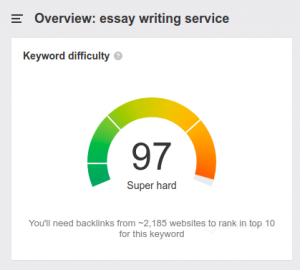
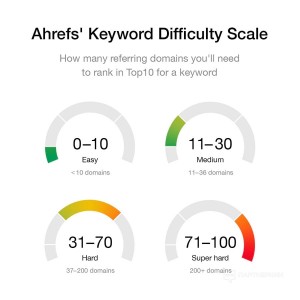
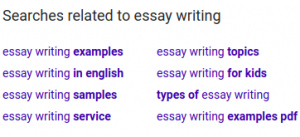
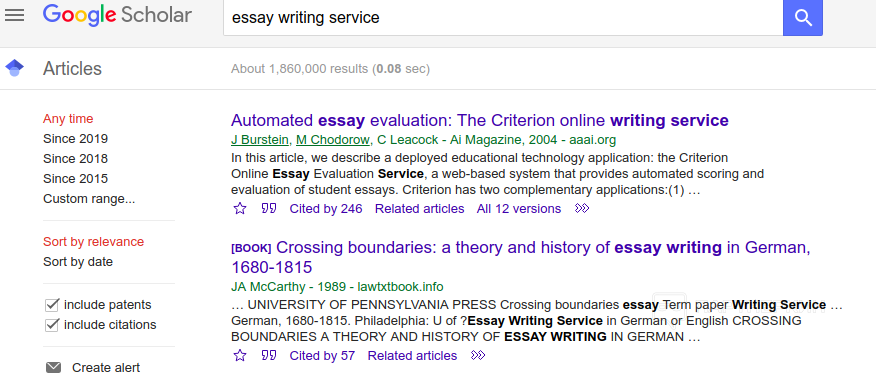
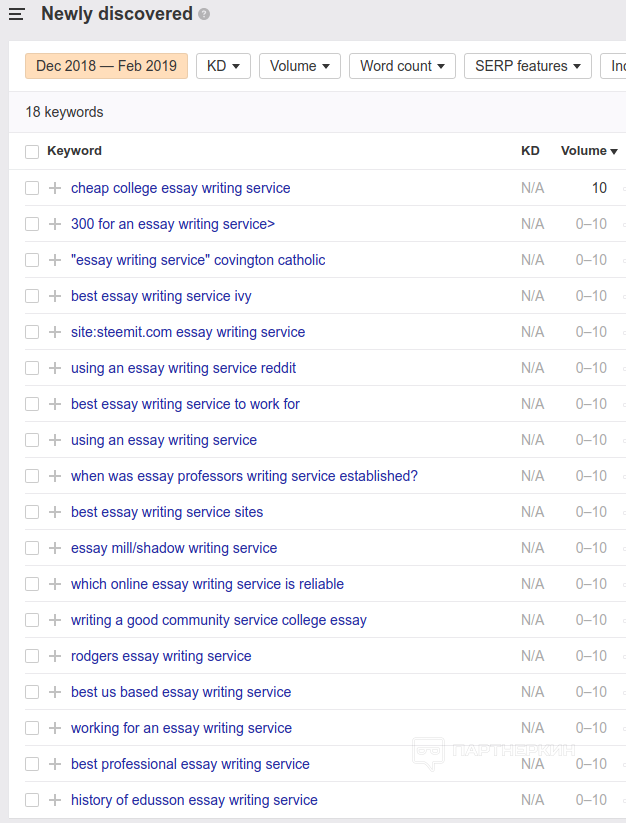

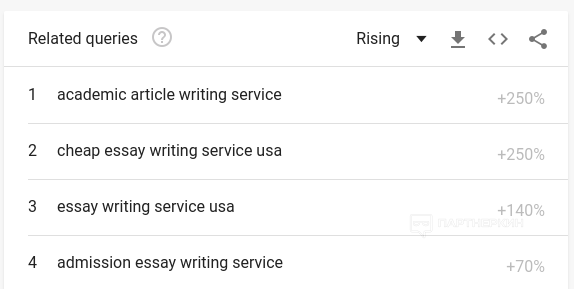










 Вернуться назад
Вернуться назад